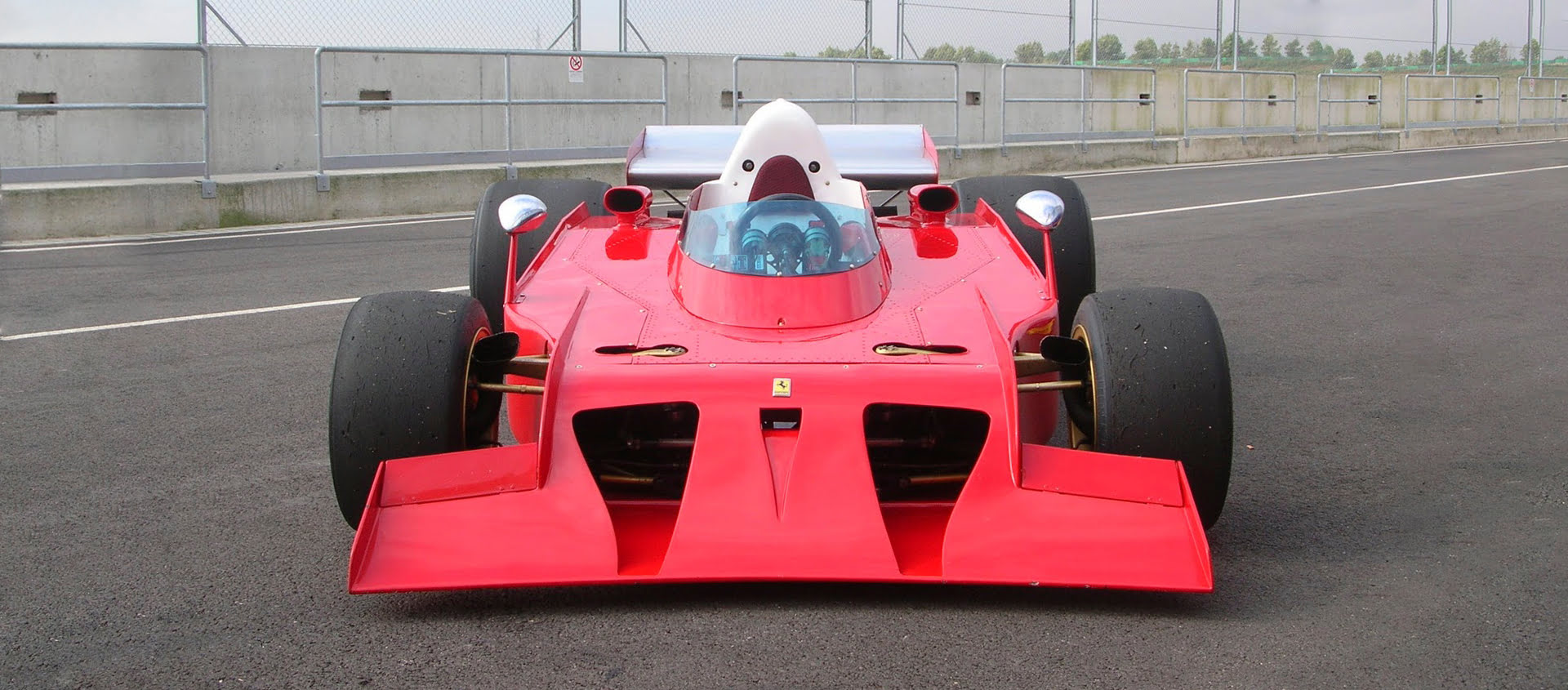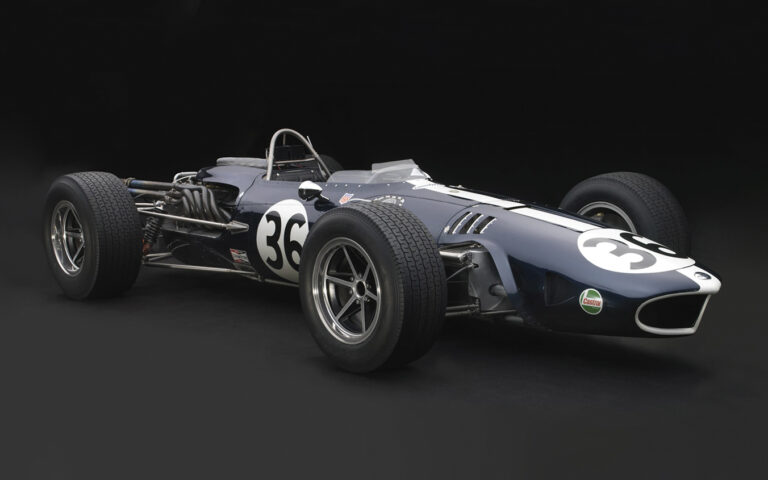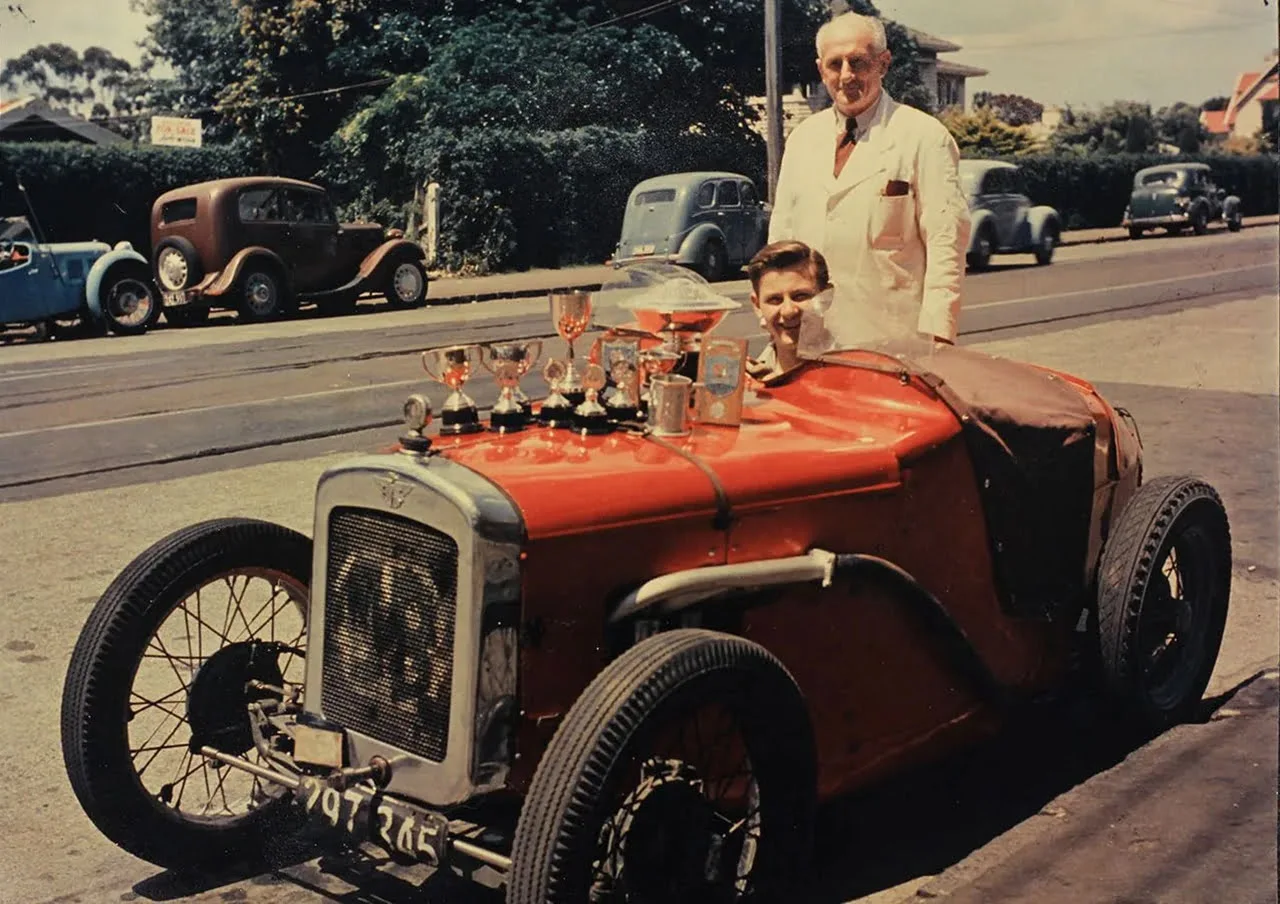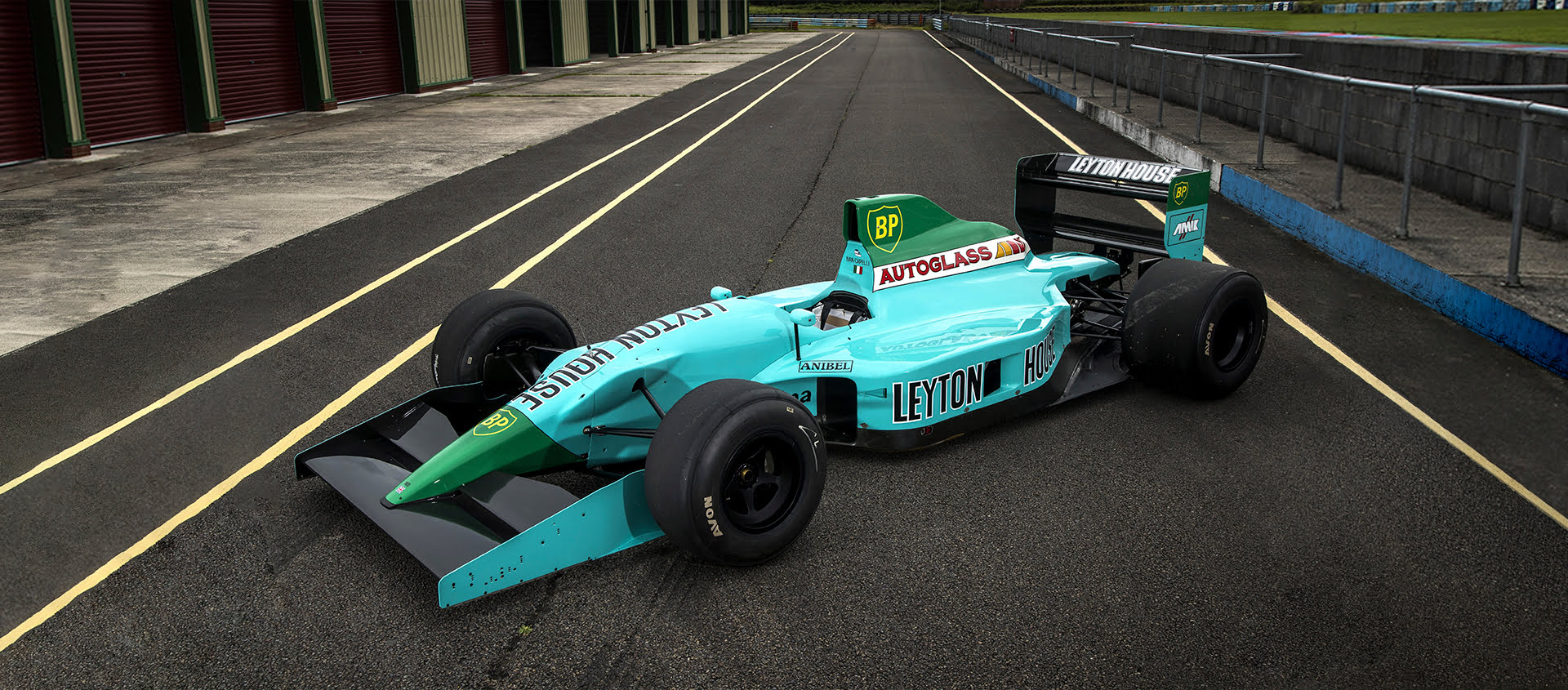Forgotten Legends Ferrari ‘Spazzaneve’
26 November 2022 3 min read 6 images

As they say, exceptional situations call for exceptional measures: 1972 had once again been a bad year for Ferrari in Formula 1. The 312 B was not competitive and Enzo Ferrari chose to entrust the technical management to a new engineer, Sandro Colombo. At the same time, Ferrari created an experimental centre for innovative design proposals and entrusted it to his usual technical director, Mauro Forghieri.
Register to unlock this article
Signing up is free and gives you access to hundreds of articles and additional benefits. See what’s included in your free membership. See what's included in your free membership.
Already have an account? Log In


